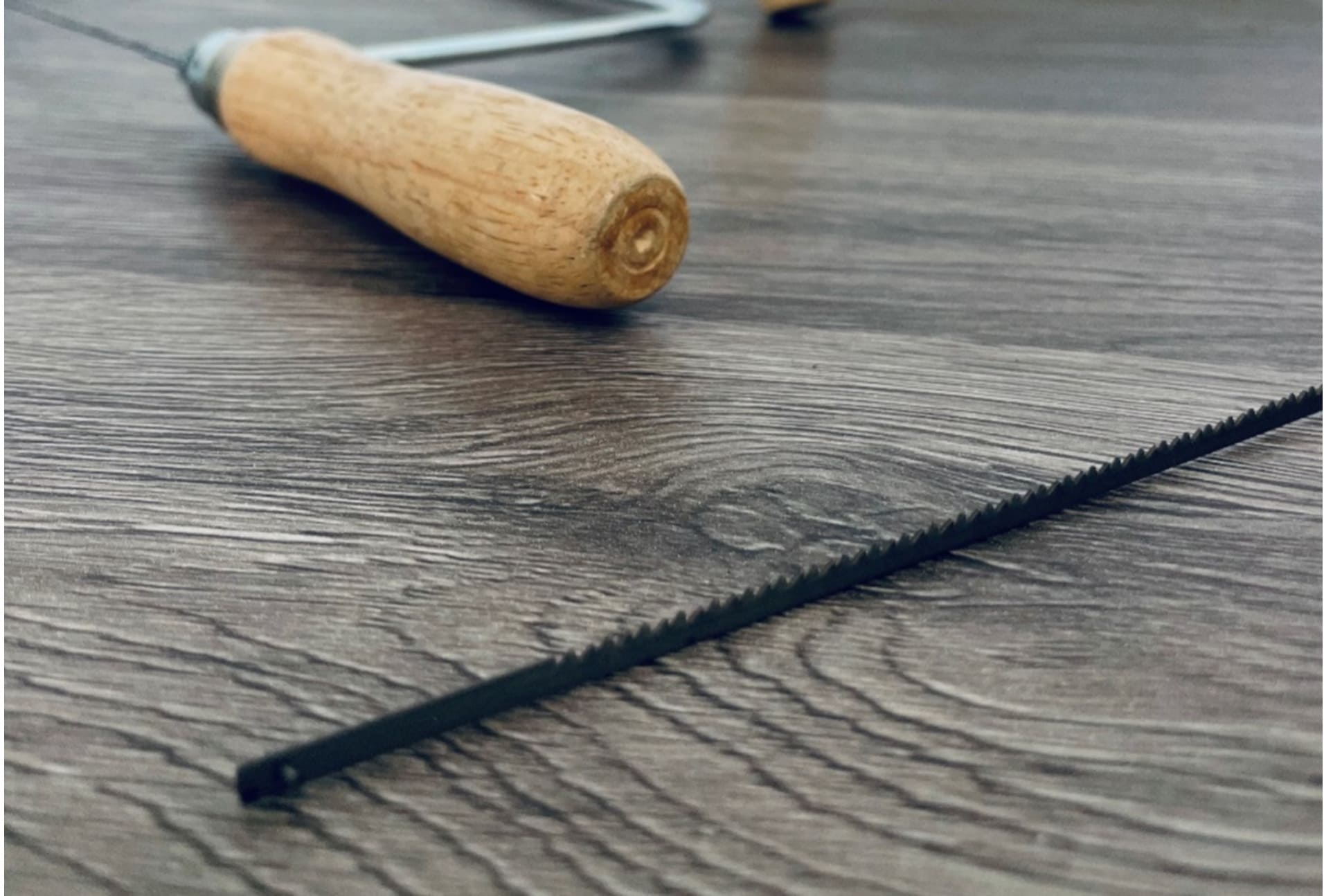What types of hand saw blades are there?

In woodworking, metalworking, or DIY projects, a hand saw is a classic and indispensable tool. Unlike electric circular saws, hand saw blades are human-powered, emphasizing "precision, control, and skill." Did you know that hand saw blades come in many categories depending on their intended use and saw frame type?
This article will introduce you to the most common types of hand saw blades (excluding circular saw blades), helping you choose the right blade for your work needs to improve cutting efficiency and safety.
📏 1. Coping Saw Blade
- Features: Slender blade, freely replaceable, designed specifically for curves and detailed cutting.
- Applications: Model making, wood carving, plastic sheet trimming.
- Applicable Materials: Softwood, plastic, composite boards.
- TPI Selection: 10–28 TPI (higher tooth count means finer cuts).
- Recommended for: Fine woodworkers, DIY enthusiasts, craft designers.
💨 2. Air Saw Blade
- Features: Used with an air saw, suitable for high-speed, continuous cutting, and highly durable.
- Applications: Automotive body repair, thin metal sheet cutting, plastic pipe installation.
- TPI Selection: 18 / 24 / 32 TPI.
- Applicable Tools: Pneumatic Saw / Air Saw.
- Recommended for: Auto repair technicians, hardware professionals, industrial processing plants.
⚙️ 3. Hacksaw Blade
- Features: Straight blade with fine teeth, specifically designed for cutting metal.
- Applications: Iron pipes, aluminum bars, stainless steel, small metal fabrication.
- TPI Selection: 18–32 TPI; more teeth are suitable for harder materials.
- Recommended for: Plumbers, repair technicians, metalworking professionals.
🤏 4. Junior Hacksaw Blade
- Features: Smaller size, suitable for precise locations or small space operations.
- Applications: Cutting electrical conduits, plastic strips, thin steel rods.
- Recommended for: Electronics technicians, DIY hobbyists, machinery repair specialists.
🌳 5. Bow Saw Blade
- Features: Used with a saw bow, long blade, suitable for cutting large pieces of wood.
- Applications: Garden timber, log branches, outdoor woodworking.
- Recommended for: Gardeners, cabin repair specialists, outdoor laborers.
📐 6. Back Saw Blade
- Features: Has a metal support strip on the back, making the blade straighter and the cutting line more accurate.
- Applications: Joinery, trimming, precise woodworking joints.
- Recommended for: Fine carpentry masters, furniture makers.
🇯🇵 7. Pull Saw Blade / Japanese Saw
- Features: Cuts by "pulling," resulting in fine cuts and high control.
- Applications: Fine woodworking, Japanese-style furniture repair, Japanese timber construction.
- Recommended for: Japanese woodworkers, handmade furniture artisans.
✅ Conclusion: Choose the Right Blade, Double Your Work Efficiency!
Although hand saw blades may seem like just consumables for a saw, they are actually one of the key factors determining cutting quality and safety. Choosing the right blade for your material and working method will not only improve work efficiency but also reduce errors and tool wear.
Whether you're a beginner DIY enthusiast or a professional craftsman, understanding the uses and differences of various saw blades is the first step towards "cutting quickly and accurately!"
📞 Want to know which saw blade is best for you?
Feel free to contact [Shin Dian Industry Co., Ltd.] – we specialize in producing hand saw blades, air saw blades, and OEM professional kits, supporting custom sizes and tooth profiles, so your work never gets stuck again!
